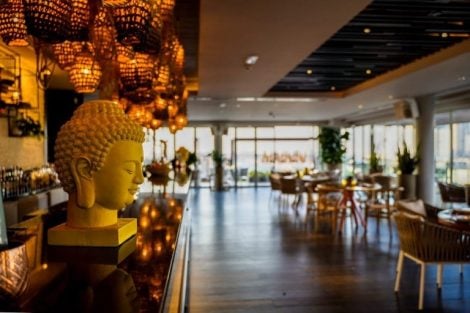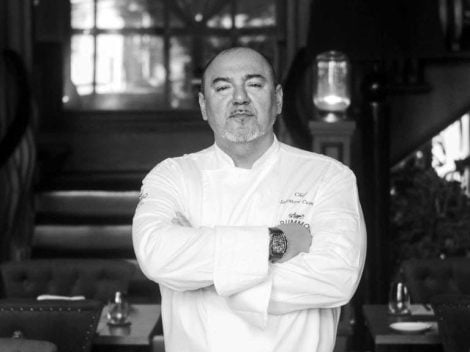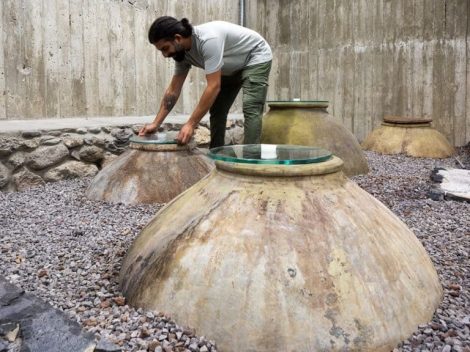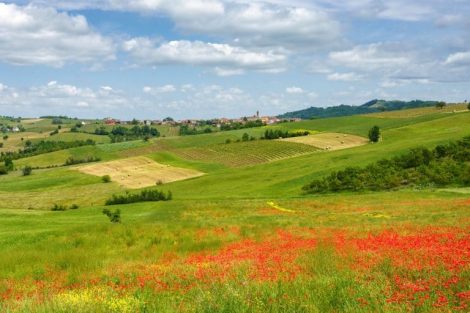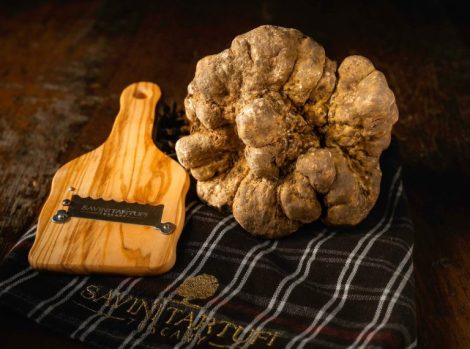What they are and their origin
It all began in the America of the 1970s. Or rather in Egypt, where farmers gathered along the banks of the Nile to sell their produce, and then again in 1634, with the first official farmers’ market in Boston. However, in the eighteenth century, as the cities moved closer and closer to the countryside, shops became the mainstay of food shopping: when the USDA, the United States Department of Agriculture, took its first census of farmers' markets in 1948, there were only six in the whole California. In the 1970s, a new awareness of the role of food and healthy eating prompted Americans, starting with their purchases, to change their habits. Farmers' markets began to spread, places where only farmers could sell their produce. In 1982, the Marché de pays in Provence was the first European farmers’ market, followed by Great Britain and, from the mid-2000s, Italy.
The spread of farmers’ markets in Rome
Many are the local markets in the city, but farmers’ markets are the favourite of the most discerning consumers. For all those seeking quality, taste and above all ethicality in food, a shopping that ensures local, seasonal, organically grown products as well as transparency in the supply chain. Verified, and not just a short one. Set up in 2008 by Coldiretti with the aim of promoting Italian agriculture as a key element in protecting the environment and traditions, the network of Fondazione Campagna Amica surely deserves a special mention among the many examples of farmers' markets in Rome. The market in Via di San Teodoro near the Circus Maximus is one famous example, a large open air space that every weekend gathers consumers from all over. Another worth mentioning example is the Coltivendo chain, an organised network of markets promoted since 2009 by the Metropolitan City of Rome Capital, which gave rise a year later to the project Mercato Contadino di Roma e dei Castelli Romani. The list of addresses is very long, to the delight of farmers’ market lovers,: besides the complete list of the not to be missed farmers’ markets, here are a few hints about the most curious ones.
Farmers’ markets in Rome
Mercati Campagna Amica
The market at Circus Maximus is not the only one in Rome that carries the signature of Campagna Amica. However, it was the first and is still the largest, as well as the most attractive for its prime location. Once the old Jewish fish market, there are plenty of stalls to choose from: fruit, vegetables, vegetables in oil, artisan cheese, local cured meats, fresh bread and other goodies to fill up your shopping cart. Recently, some vendors have started preparing dishes ready to take home, such as Francesca and Vilma of Agriturismo Maina and their carefully prepared take-away ‘agribags’, and others who have been gearing up for a quality delivery. No time to wander around the stalls, but you don’t want to give up your shopping at the farmers’ markets? Shop online from Monday to Thursday on the Destination Gusto platform, and then collect your order on the weekends.
facebook.com/mercatocircomassimo
Farmers’ market in via Passino
Moved in 2013 from the Ex Mattatoio (former slaughterhouse) in Testaccio, to the market hall in via Passino, in the Garbatella district, this farmers' market is the same as ever, with focus on the quality of healthy and local produce. Entering the stalls with their rich counters full of delicacies will make your mouth water. In addition to the several options of the produce section, here you will find a first-rate gastronomic selection, starting with fresh seafood from the best of the daily catch of Centro Ittico Cooperativa dei Pescatori in Terracina. And then bread and pizza, focaccia and pastries, cured meats and cheese, as well as preserves, patés, jams, marmalades and biscuits.
facebook.com/RomaFarmersMarket/
Mercati Contadini di Roma e dei Castelli Romani
Founded on the initiative of Associazione Km 0 – Consorzio Agroalimentare di Filiera Corta and Mercati Agricoli are present both in the Castelli area and in the city in the Capannelle, Eur Torrino and Infernetto districts. Each market has its own local farmers, some of them are in common, while others exclusively sell in one district: fruit and vegetable stalls are the most popular, but there are also beekeepers, artisans who make jams and preserves, olive growers, winemakers, cheesemakers, breeders and niche producers of natural soaps and cosmetics. The markets’ common denominator is represented by the eggs of Galline Felici (happy hens), a Roman organisation dedicated to raising free range chickens that lay eggs at their own pace, whose eggs can be purchased using the same recycled paper container. In better days, good food events and fairs took place periodically, such as the winter polenta party, prepared with the market’s products.
Mercato della Terra
With its several locations over time in Rome, starting with the first one in the Cecchignola district in 2013, Mercato della Terra perfectly reflects the concepts proposed and disseminated by Slow Food. Sustainability, a direct relationship with the producers, fair prices, respect for biodiversity and local gastronomic traditions: these are the values held by the vendors at the markets, including the Campagna Amica market at Circus Maximus, where six of the chain’s most representative producers are present. There is plenty of choice, focused on small local enterprises: from the producers of cured meats in Olevano Romano to the mushroom growers of Marino, passing through the farmers of Fiumicino and the producers of eco-friendly laundry detergents in Rocca di Papa.
slowfoodroma.it/progetti/mercati-della-terra/
Orto, Cucina e Dispensa
Founded twenty years ago in Genzano by the Bellisari family, owner of a farm that has been producing vegetables in the Agro pontino area since 1959, with the help of entrepreneur Marco Petrucci Orto, Cucina e Dispensa has now arrived in the city, inside the Torre Spaccata shopping centre. A farmer's market taking over a modern shopping centre, with vegetables and fruit arriving daily from the local countryside, which can rely on selected farms in the Castelli area as well as in the Viterbese and Agro Pontino areas. A space devoted entirely to sustainability that banished plastic and polluting materials: the shelves and counters are made of wood and the produce is displayed in wicker baskets. In addition to fresh seasonal vegetables, the market’s selection includes wine, oil, preserves, biscuits and other delicacies to fill up the pantry.
Foro Contadino
Honey, cured meats, fruit and vegetables, fresh pasta, baked goods, Foro Contadino at Nuovo Salario is sheer paradise for Roman gourmets. Wholesome handcrafted products of small family-run businesses, which bring the most authentic flavours of yesteryear to the market: starting with taralli, grissini breadsticks, crispy flatbread, biscuits and sweets from the Oddo brothers' bakery in Graffignano, in the province of Viterbo, and ending with Fornovecchino flour. Here you are always on the safe side and, if you cannot make it to the market, you can shop online and have the order delivered straight to your front door.
Biomercato at Città dell’Altra Economia
A live animal market in the past, since 2007 the outdoor space of Città dell'Altra Economia in the Testaccio district has been home to farmers and growers every Saturday and Sunday, as well as artisans who make bags, soaps, jewellery, handmade accessories and other unique items. Alongside the stalls – mainly selling fruit and vegetables –you will also find an organic restaurant bar for a coffee break or a tasty aperitif.
facebook.com/biomercatoallacae/?ref=page_internal
Mercatino Biologico in Ostia
If you are looking for local, fresh, seasonal and organically grown vegetables in Ostia, Mercatino biologico is the right place to go. There you will find the products of Caramadre, a company located between Torre in Pietra and Maccarese that grows typical local products and ancient varieties. Honey, tomato puree, fresh eggs and delicious cheese can also be found on the counters. The market is held on the second, third and fourth Saturday each month. The project was set up in 1997 by the Associazione Bio Umbria, together with the Cooperativa Veio, the Associazione Fruit, Caramadre and the Rosatigre phytotherapy company.
facebook.com/mercatinobiostia/
Farmers’ markets in Rome and its surroundings
Mercato di Campagna Amica – via Tiburtina
Mercato di Campagna Amica – Ostia Antica
Mercato di Campagna Amica – Monterotondo
Mercato di Campagna Amica – Fonte Acqua Egeria
Mercato di Campagna Amica – Eur
Mercato di Campagna Amica – Circo Massimo
Mercato di Campagna Amica – Auditorium
Mercato della Terra – Olevano Romano
Mercato della Terra – Monte Porzio Catone
Mercato della Terra – Frascati
Mercato dei Produttori – Montecompatri
Mercato Contadino Tiburtino – Guidonia Montecelio, via Ludovico Muratori
Mercato Contadino Tiburtino – Guidonia Montecelio, via Antonio Meucci
Mercato Contadino Tiburtino Coltivendo – Guidonia Montecelio, via Polibio
Mercato Contadino Terra/Terra – Forte Prenestino
Mercato Contadino Terra/Terra – Città dell’Utopia
Mercato Contadino di Bracciano
Mercato Contadino del Litorale Laziale – Nettuno
Mercato Contadino del Litorale Laziale – Anzio
Mercato Contadino Roma e Castelli Romani – Infernetto
Mercato Contadino Roma e Castelli Romani – Capannelle
Mercato Contadino Roma e Castelli Romani – Eur Torrino
Mercato Contadino Roma e Castelli Romani – Rocca di Papa
Mercato Contadino Roma e Castelli Romani – Pavona
Mercato Contadino Roma e Castelli Romani – Grottaferrata
Mercato Contadino Roma e Castelli Romani – Genzano
Mercato Contadino Roma e Castelli Romani – Frascati
Mercato Contadino Roma e Castelli Romani – Ariccia
Mercato Contadino Roma e Castelli Romani – Albano Laziale, Villa Altieri
Mercato Contadino Roma e Castelli Romani – Albano Laziale, Piazza Pia
Mercato Contadino Coltivendo – Zagarolo
Mercato Biologico – Ostia
Mercato Agricolo Coltivendo – Velletri
Foro Contadino – Nuovo Salario
Farmer’s Market – Garbatella
BioMercato – Città dell’Altra Economia
ArcheoMercato della Terra di Tivoli e Valle dell’Aniene
Orto Cucina e Dispensa – Parco Commerciale di Torre Spaccata
by Michela Becchi

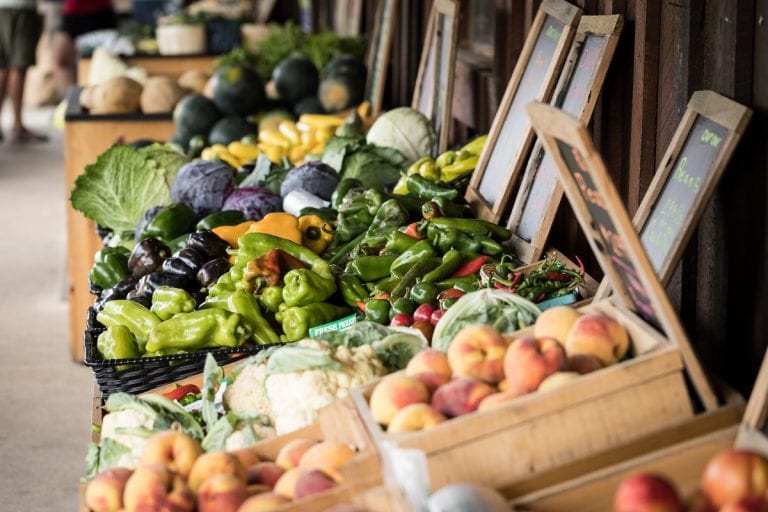
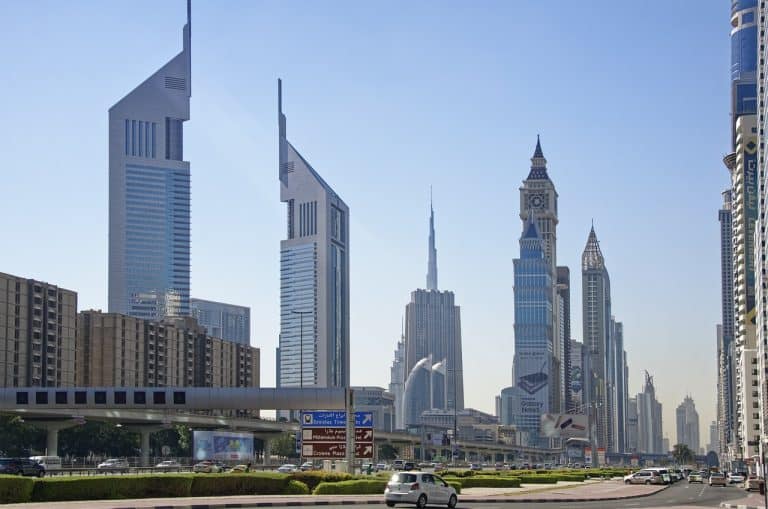 Dubai speaks Italian: a journey through the Emirate's best Italian restaurants
Dubai speaks Italian: a journey through the Emirate's best Italian restaurants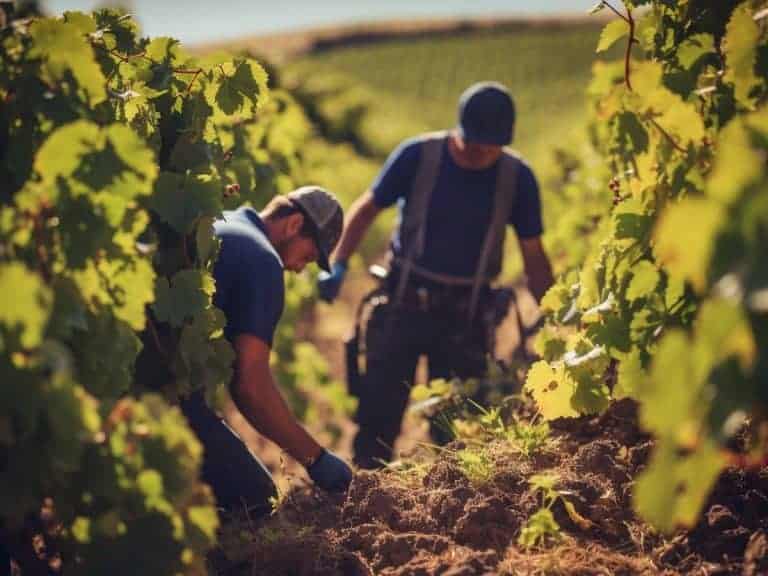 In France, over a thousand winegrowers have decided to abandon wine production
In France, over a thousand winegrowers have decided to abandon wine production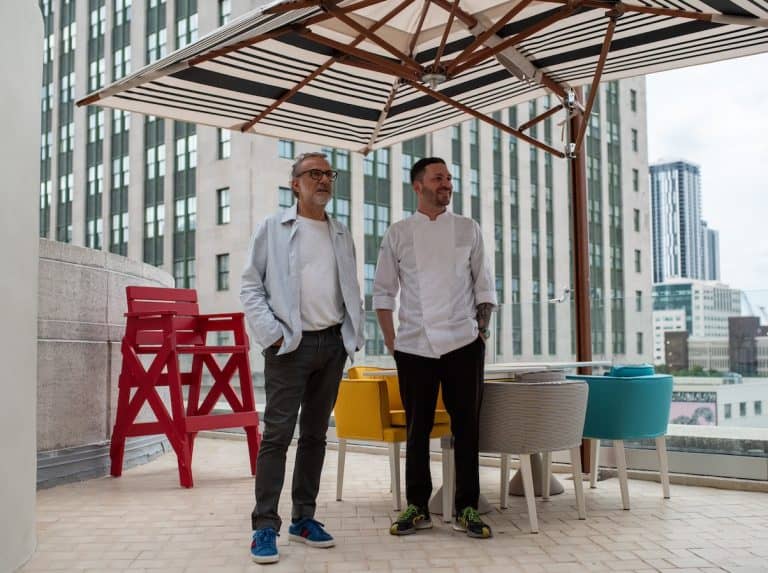 In Miami, a Restaurant Hired a Pair of Grandparents to Hand-Make Tortellini: The Story of Torno Subito
In Miami, a Restaurant Hired a Pair of Grandparents to Hand-Make Tortellini: The Story of Torno Subito Wine Spectator’s Tuscan focus: All the Italian labels featured in the Top 100
Wine Spectator’s Tuscan focus: All the Italian labels featured in the Top 100 The 8 best Soave wines chosen by Gambero Rosso (with a brand-new entry in the Tre Bicchieri club)
The 8 best Soave wines chosen by Gambero Rosso (with a brand-new entry in the Tre Bicchieri club)